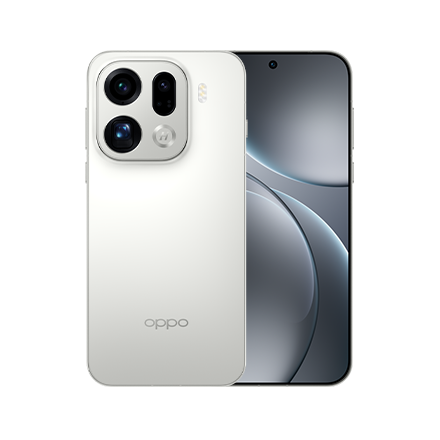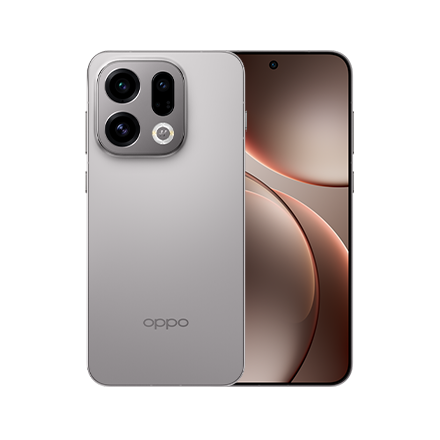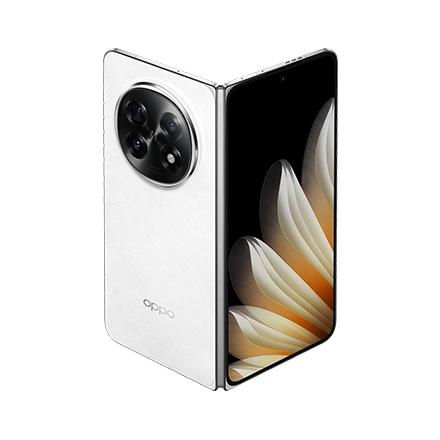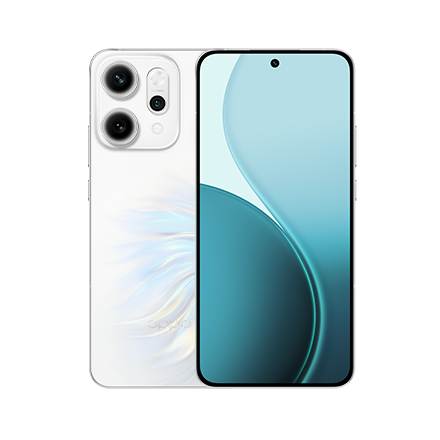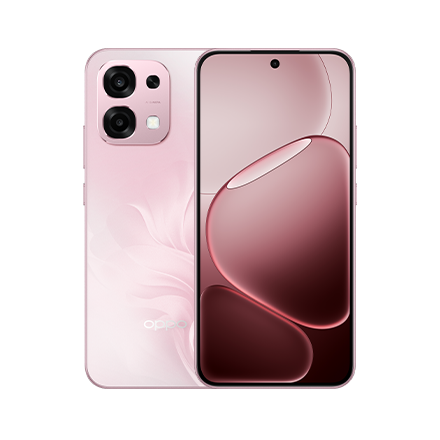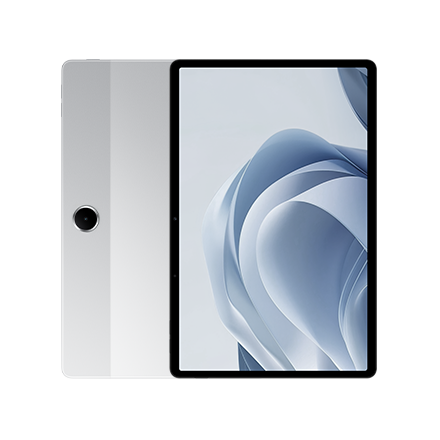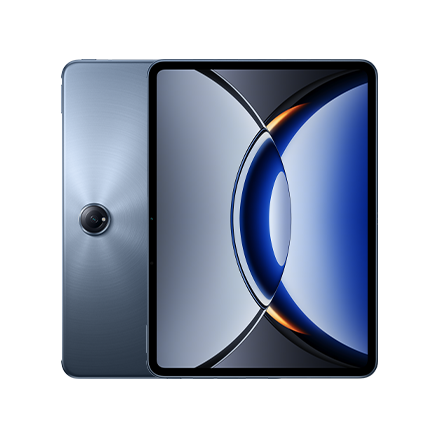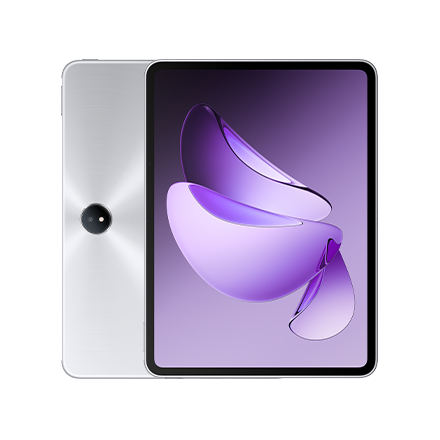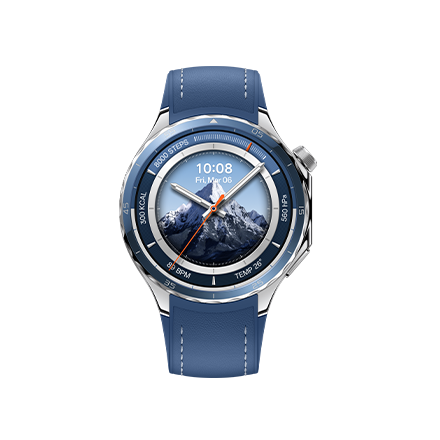One of the Industry’s First Open Ray Tracing Solution: OPPO Brings About Realistic Rendering to More Applications

In recent years, the rise of ray tracing technology has revolutionized games on PCs and consoles, bringing gamers more immersive graphics. However, replicating this light transport modelling technique to mobile devices remains an impossible mission. Put simply, ray tracing technology is about simulating propagation, reflection, refraction, and other optical effects to recreate light and shadow effects that adhere to the laws of physics. This requires a lot of computing power from high-end hardware.
Compared to clunky PCs and consoles, mobile devices are meant to be compact, hence, the graphics processing power is limited. Moreover, ray tracing normally requires high levels of power consumption. Aside from hardware limitations, ray tracing is relatively new to mobile devices, therefore, development and applications are not as mature as its PC and console counterparts. Game engine and developer tools are not optimized for mobile devices, furthermore, the industry hasn’t even reached a consensus on the applications of mobile ray tracing.
These challenges did not hinder the pioneers from advancing. As one of the first companies in the industry to provide an open ray tracing solution, OPPO has been working with Qualcomm Technologies, Inc. on real time hardware-accelerated ray tracing. Along with Qualcomm Technologies’ Snapdragon® 8 Gen 2 Mobile Platform, which was released during this year’s Snapdragon Tech Summit and supports this feature. OPPO is finally able to bring about a more realistic gameplay graphics through hardware-based mobile ray tracing experience.
Not Just Pre-Recorded Cutscenes. OPPO Really Brought Ray Tracing to Mobile Devices
To simulate a real 3A mobile game, OPPO made a first-person shooter game scene called “Camp Guard” with over 2,000 physical models, 800,000 triangles, and close to100 textures.
OPPO and Qualcomm Technologies have worked on the driver testing, shader optimization, and compiler tool development over the game scene. OPPO and Qualcomm Technologies optimized the PhysRay Engine 2.0 drivers, so that the new Snapdragon mobile platform can render different ray tracing effects and textures smoothly. Meanwhile, OPPO also supports Qualcomm Technologies’ Variable Rate Shading (VRS) technology, ensuring that PhysRay Engine 2.0 can run efficiently on the Snapdragon 8 Gen 2. Improving the graphics immensely while solving the power consumption problem.
As a result, Camp Guard runs smoothly at 720p 60fps for half an hour on a room temperature device powered by the premium Snapdragon 8 Gen 2. The lights and shades of the characters and objects in the game react realistically according to the model’s movement and the player’s camera angle.
Thanks to the efforts made by OPPO and Qualcomm Technologies, mobile ray tracing has advanced from software simulation and prerecorded cutscenes to interactive graphics.
The Realistic Details Made Possible by Mobile Ray Tracing is Beyond the Imagination

In the live demo, when a soldier wearing camouflage is camping in front of an oil tanker, his shadow can be cast on the oil tanker lively according to his movement in real time. With OPPO’s Ray Traced Shadow and Alphatest, the shadow of a palm tree on the oil tanker is no longer a copied and pasted dark geometric shape with jagged edges. Instead, the gradient and shape changes according to the wind and camera angle.

Besides objects that are on-screen, the scenes that are not in the camera can also be rendered and cast to the ponding water on the ground. Since OPPO’s PhysRay Engine supports all basic Physically-Based Rendering (PBR) textures, even those less light reflective surfaces such as bullets can interact with lights, making the graphics even more realistic.

In addition, the most difficult tasks for ray tracing involves water. In the live demo, ripples in the pool are more realistic, and sunlight reflecting off ripples, and ripple marks at the bottom of the pool, making the body of water more transparent.
These stunning visual effects are made possible by OPPO’s relentless exploration of mobile ray tracing technology.
PhysRay Engine Makes Mobile Ray Tracing More Accessible and Efficient for Developers
As a hardware manufacturer, OPPO knew the significance of ray tracing, started to gather information from creators, game developers, and game engine developing platforms as early as in 2020. Then OPPO began to work on one of the industry’s first open ray tracing solutions for mobile devices –“PhysRay Engine”, even before any hardware was capable of supporting mobile ray tracing.
With the continuous improvement of computing power, OPPO took the initiative to reach out to chip manufacturers to work together to create new hardware and software solutions for mobile ray tracing in 2021. Constantly optimizing the performance of PhysRay Engine on hardware platforms, adding new features based on market demand, and adding more diverse textures to the support list.
During SIGGRAPH this year, OPPO has made PhysRay Engine 1.0 available for modification and redistribution for its global developers. OPPO has also released PhysRay Engine 2.0, which integrates advanced ray tracing capabilities, including OPPO-exclusive ray tracing effects, global rendering pipeline, and offline full path tracing.
In addition, OPPO has reached a strategic partnership with the real time 3D game engine giant Unity during the China International Import Expo. OPPO has already integrated its ray tracing solution into the Unity game engine, providing immersive gaming graphics for users while delivering high-efficiency developing environments for developers.
PhysRay Engine now is a mature mobile ray tracing solution for game developers and creators with its Open, Convenient, Adaptive, and Balance features.
• Open: OPPO’s PhysRay Engine is a fully open Ray Tracing solution for its global developers and creators.
• Convenient: PhysRay Engine supports hybrid rendering of ray tracing and rasterization. Game developers can add OPPO’s mobile ray tracing pipeline directly without making drastic changes to the traditional rendering pipeline.
• Adaptive: PhysRay Engine is not only capable of dynamically adjusting the complexity and efficiency of the ray tracing algorithm according to different scenarios, but also adopts a standard port. It is integrated with artificial intelligence and supports physical sensors, so as to support full-path ray tracing and other effects in the future. Developers can fully utilize ray tracing technology on mobile devices without restriction, and produce more unique and surprising results.
• Balance: OPPO’s collaboration with Qualcomm Technologies has made PhysRay Engine more balanced in terms of performance and power consumption. Based on the premium Snapdragon 8 Gen 2, OPPO’s PhysRay Engine has increased its ray tracing render efficiency by a factor of 5, reduced the CPU workload to one tenth and enables all PBR textures.
This is Merely the Beginning of the Age of Mobile Ray Tracing
The endgame for mobile ray tracing is more than just improving the graphics of games. Mobile ray tracing technology can also be applied to audio, autonomous driving, and allow more people to create virtual reality content at a lower cost. Developers will no longer have to spend hours and hours on recreating shadows, instead, they can activate ray tracing to add realistic lighting effects to their virtual scenes.
The realistic and real-time physics of mobile ray tracing opens up new possibilities for more game mechanics and applications. Take FPS game on mobile devices as an example, with ray tracing, gamers are not only able to detect the location of their enemies on the mini map but also through reflections on certain objects. The game will become more immersive and thrilling. Vehicle backup cameras and radars will no longer have blind spots, instead, with real-time reflection monitoring, drivers will be able to detect everything around your car and avoid bumps and scratches.
On a scale, mobile ray tracing has only advanced from zero to one so far. For us to advance further, it would require the support from more partners or even the whole mobile industry. As a member of this industry, OPPO will continue to research and develop mobile ray tracing technology, in hopes of integrating mobile ray tracing with ColorOS and releasing it to developers around the world. OPPO wishes to find more like-minded partners and developers from all over the globe to spur the development of this technology and to explore the new era of mobile ray tracing.
Snapdragon is a trademark or registered trademark of Qualcomm Incorporated. Snapdragon is a product of Qualcomm Technologies, Inc. and/or its subsidiaries.
